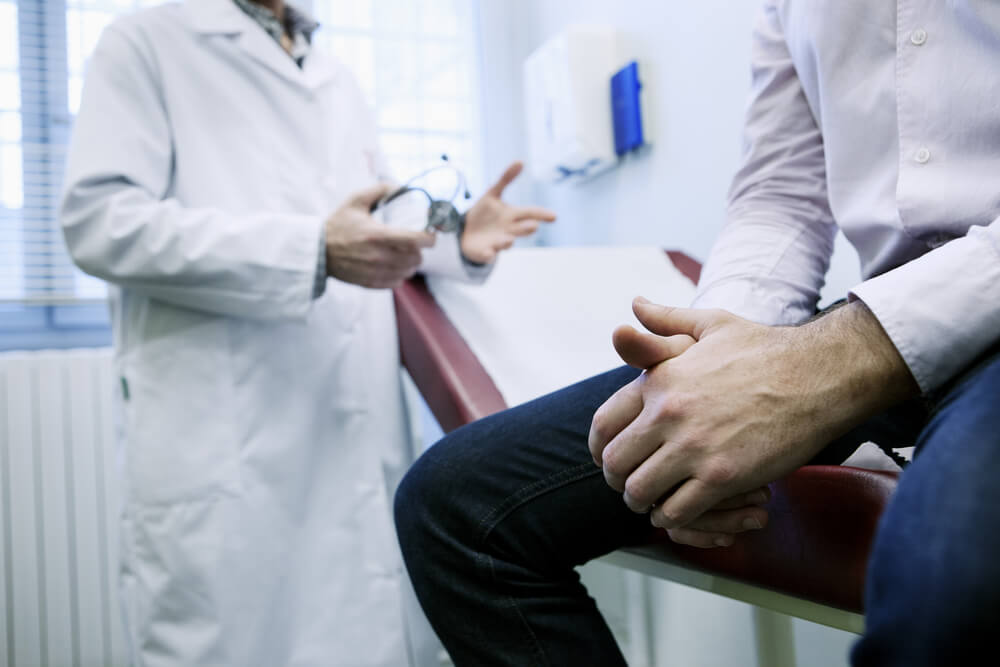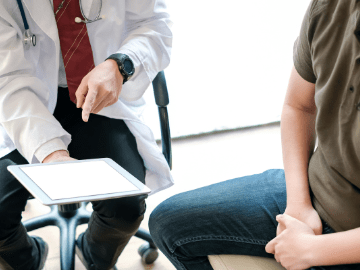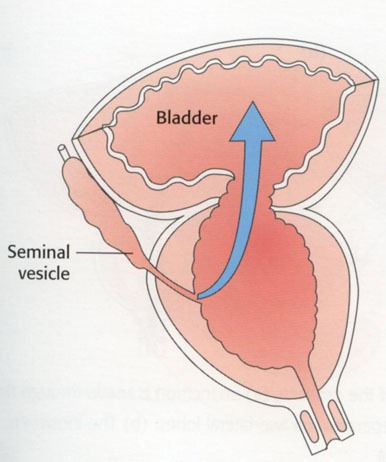Undergoing robotic prostatectomy surgery is a significant step towards improving your health, and now that the procedure is behind you, the focus shifts to recovery. It’s natural to have questions about your recovery after robotic prostatectomy—how you’ll feel, what activities are safe, and what you can do to ensure a smooth recovery.
In this guide, we’ll walk you through some essential post-operative care tips to help you feel more confident and comfortable during your recovery from prostate surgery.
What is Robotic Prostatectomy?
Robotic prostatectomy surgery is a minimally invasive procedure used to remove the prostate gland in men diagnosed with prostate cancer. This advanced technique utilises robotic technology to enhance the precision of the surgery, allowing surgeons to operate with greater control and accuracy. The robotic system translates the surgeon’s hand movements into smaller, more precise actions with surgical instruments.
Benefits of Robotic Prostatectomy:
- Minimally Invasive: Smaller incisions mean less scarring and quicker healing.
- Precision: The enhanced precision can result in better outcomes, including nerve-sparing techniques that may preserve erectile function.
- Reduced Recovery Time: Patients often experience a faster recovery with less postoperative pain compared to traditional open surgery.
Understanding what is robotic prostatectomy and its benefits can help you feel more confident in your treatment plan and the recovery process that follows.
Recovery after Robotic Prostatectomy
Recovering from robotic prostatectomy surgery is a big step in your journey, and it’s natural to wonder what comes next. While the hard part of undergoing surgery is behind you, how you take care of yourself now is key to getting back on your feet.
Let’s explore what you can expect during recovery and some simple tips for healing comfortably.
Managing Pain and Discomfort
After surgery, it’s common to experience some pain and discomfort, but there are effective ways to manage it and ensure your post-robotic prostatectomy recovery is as comfortable as possible.
- Medication: Take prescribed pain medications as directed by your doctor.
- Support: Use a pillow to support your abdomen when coughing or moving.
- Pain Management: Aim to keep pain manageable rather than eliminating it completely.
- Rest: Ensure adequate rest to allow your body to heal.
- Clothes: If you’re wondering what to wear after prostate surgery, comfort is key. Choose loose-fitting clothing, such as soft pants or shorts with an elastic waistband, to avoid putting pressure on your abdomen.
By following these steps, you can effectively manage your pain and discomfort, making your recovery after the robotic prostatectomy process more bearable.
Caring for Your Surgical Site
Taking care of your surgical site is crucial to preventing infection and promoting proper healing after prostatectomy robotic surgery. Here’s how you can do it effectively:
- Hygiene: Keep the surgical site clean and dry to prevent infection.
- Dressings: Change dressings as instructed by your doctor.
- Washing: Gently wash around the surgical site with mild soap and water; avoid submerging in water until approved by your doctor.
- Infection Signs: Watch for redness, swelling, or discharge and contact your doctor if these occur.
By diligently caring for your surgical site, you reduce the risk of complications and set yourself up for a smooth recovery from prostate surgery.
Activity and Movement Guidelines
While rest is important, gentle movement is important in your post-robotic prostatectomy recovery. Here’s how to balance activity and rest after your surgery:
- Light Activity: Engage in short walks to promote circulation and reduce blood clot risk.
- Avoid Strain: Refrain from lifting heavy objects or performing strenuous activities.
- Driving: Do not drive until you are off pain medications and feel comfortable.
- Listen to Your Body: Rest when you feel tired or sore.
Following these guidelines will help you regain your strength gradually while ensuring your body heals properly after robotic prostatectomy surgery.
Diet and Hydration Tips
We shouldn’t forget proper nutrition and hydration when discussing tips for recovery after robotic prostatectomy. Giving your body the fuel it needs to heal is important.
- Balanced Diet: Eat a variety of fruits, vegetables, and lean proteins to support healing.
- Hydration: Drink plenty of water to aid digestion and prevent constipation.
- Small Meals: If your appetite is low, opt for smaller, more frequent meals.
- Avoid Constipation: Include fiber-rich foods to reduce the risk of constipation.
By focusing on a balanced diet and staying hydrated, you’ll support your body’s natural healing processes and feel better overall during your recovery.
Monitoring for Complications
Even though complications are rare, it’s essential to know the signs that something might not be right. Early detection can make all the difference in your recovery from prostate surgery.
- Fever: Contact your doctor if you develop a persistent fever.
- Swelling/Bruising: Watch for excessive swelling or bruising around the surgical site.
- Pain: Severe pain not relieved by medication should be reported to your doctor.
- Unusual Symptoms: Any symptoms that cause concern should be addressed promptly.
By keeping a close eye on your symptoms and staying in communication with your doctor, you can catch potential issues early and avoid serious complications.
Emotional and Mental Well-being
Your emotional and mental well-being is just as important as your physical recovery. It’s normal to experience a range of emotions after prostatectomy robotic surgery.
- Normalise Negative Emotions: Understand that it’s normal to feel a range of emotions after surgery.
- Support: Talk to loved ones or a mental health professional if feeling overwhelmed.
- Relaxation: Practice deep breathing, meditation, or other relaxation techniques to reduce stress.
- Self-Care: Prioritise your emotional and mental well-being as part of your recovery.
Taking care of your mental health will not only make your recovery after robotic prostatectomy more comfortable but also help you regain your strength more quickly.
When to Contact Your Doctor
Staying in touch with your robotic prostatectomy surgeons is vital during your recovery. It ensures that any concerns you have are addressed promptly.
Your healthcare team is there to support you, so never hesitate to reach out if you have questions or concerns. Whether it’s about medication, symptoms, or just general advice, your doctor would rather you ask than worry in silence. Keep their contact information handy, and don’t wait if something feels off—it’s always better to be safe.
Don’t hesitate to reach out whenever you need guidance or reassurance.
Final Thoughts
Recovering from robotic prostatectomy surgery is a journey, and every patient’s experience is unique. By following these tips and staying in close communication with your healthcare team, you’re giving yourself the best chance for a smooth, successful recovery. If you’re concerned about erectile rehabilitation after prostatectomy, remember that healing is a process. With the right care and support, you’ll be back to your routine before you know it.
Looking for the best robotic surgeons for prostate surgery? If you have any questions about your recovery or need further guidance, don’t hesitate to reach out to Dr. Katelaris and the team at Katelaris Urology Clinic. With years of experience and a commitment to personalised care, our clinic is dedicated to supporting you through every step of your recovery journey. Whether you’re considering prostatectomy robotic surgery or are already on the path to recovery, we’re here to help you achieve the best possible outcome. Call us today on 02 9477 7904 to discuss any concerns you may have or schedule a consultation.







